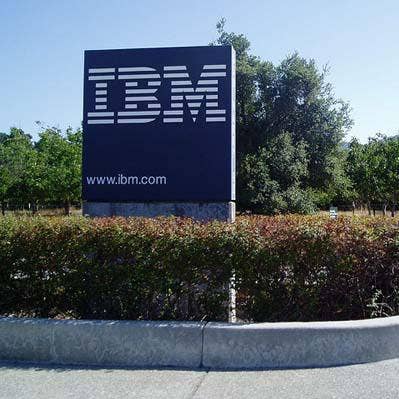IBM Earnings: Strong And Steady Red Hat Performance Caps Monumental Year
Big Blue broke a five quarter streak of declining revenues in Q4 as integrated Red Hat offerings began to prove the synergistic potential between the two companies.

IBM recently ended a monumental year in the storied company's more than century-long history, and financials released Tuesday showed an industry-changing acquisition has begun to positively impact the business.
Now six months after buying Red Hat for $34 billion, Big Blue has closed its fiscal fourth quarter with strong performance in its cloud and software businesses that demonstrated the potential synergies of the two companies, IBM CFO Jim Kavanaugh told investors Tuesday in a Q4 earnings call.
After revenue falling for five sequential quarters, IBM broke that frustrating streak with a smidgeon of growth in Q4. It was enough to please Wall Street, and IBM shares went up in after-hours trading from a close of $139.17 to $144.10 at the time of this article's publication.
[Related: IBM CFO: ‘We're Off To A Great Start’ With Red Hat]
Kavanaugh said IBM anticipates a future particularly driven by Linux, containers and Kubernetes as the next chapter of digital transformation will see enterprises moving mission-critical workloads to hybrid and multi-cloud environments.
By buying Red Hat, IBM took hold of the leading Linux OS in Red Hat Enterprise Linux, and the leading enterprise container platform in OpenShift, he said.
"We're very pleased with the first six months here of bringing IBM and Red Hat together," he told investors. The fourth quarter performance and acceleration show "we're truly better together."
Revenue of $21.77 was up .1 percent in constant currency. Those sales beat the $21.64 billion expected by analysts, and $4.71 earnings-per-share also exceeded predictions of $4.69.
IBM has begun implementing its synergistic vision to capitalize off its historic acquisition.
Last August, IBM released five Cloud Paks that combine IBM middleware, security and management products with Red Hat's OpenShift Kubernetes platform. The joint solutions had a strong debut on the market in the second half of the year—offering the first concrete example of the synergy of the two companies, Kavanaugh said.
More than 2,000 customers have now purchased Cloud Paks and associated services, and IBM has closed hundreds of services deals for Red Hat engagements over all, Kavanaugh said, including many from 5G network services providers.
At the same time, IBM's emerging technologies business scaled more than 50 percent on the performance of OpenShift and Red Hat's Ansible configuration manager, he said.
Total cloud revenue of $6.8 billion was up 21 percent on a year-over-year basis. Cloud and cognitive software grew by 9 percent, and its Systems hardware business by 16 percent.
Red Hat revenue surged by 24 percent, crossing the $1 billion threshold for a quarter in the first time in Red Hat history.
IBM is looking to drive synergistic value not only in the technology architecture decisions its making, but also in its go-to-market operations with Red Hat, Kavanaugh said.
"We're looking for the lift and growth and acceleration of our overall software business," he said. By evaluating financial performance on a "historical normalized basis" that looks like a 3 percent acceleration, with software now constituting 27 percent of the entire business.
The financials in the last quarter of the year show integration of Red Hat is also helping IBM land larger deals. The company closed 21 deals north of $10 million—twice the amount in the same quarter of the previous year, and half of those coming from existing IBM clients.
Kavanaugh also said IBM will reposition its Global Technology Services business with a focus on hybrid cloud, integrating GTS offerings with those from its Global Business Services division around "advise, move and manage."
The services divisions will evolve based on a trend in which IBM sees clients making architecture decisions based on "application-led digital transformations," he said.